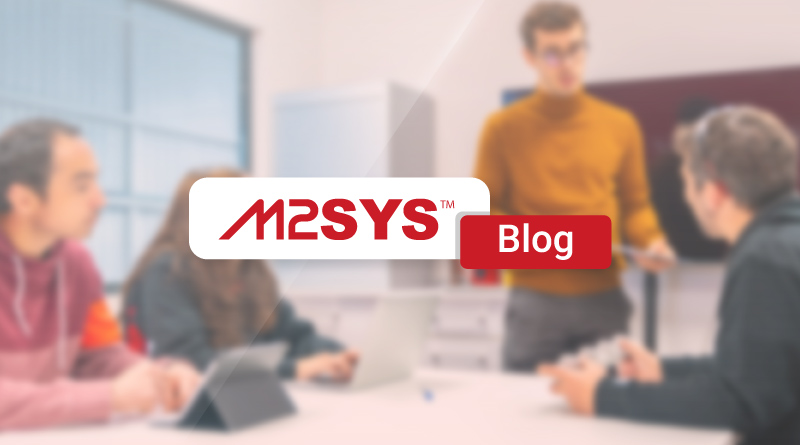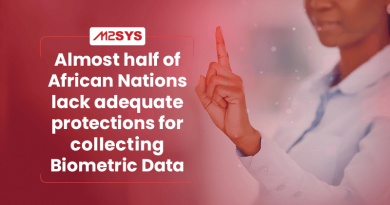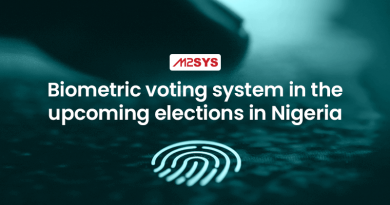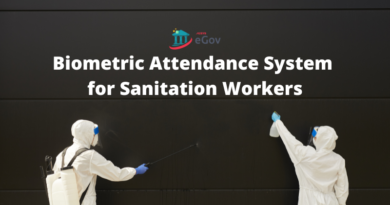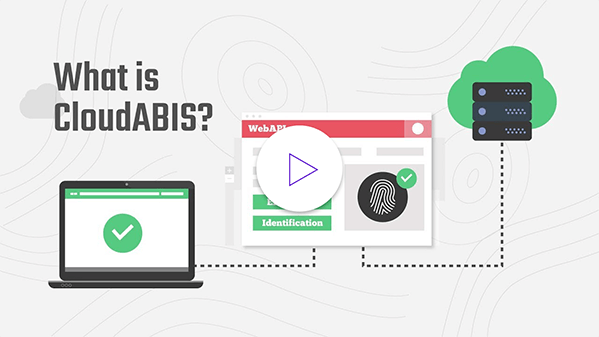Digital Governance in 2025: Transforming Citizen Services
Digital governance in 2025 is revolutionizing citizen services by enhancing efficiency and accessibility. With AI-powered solutions and platforms like M2SYS eGov, governments are transforming into proactive entities, addressing traditional service pain points and fostering transparency, inclusivity, and trust.
TL;DR
- Digital governance in 2025 revolutionizes citizen services with seamless, integrated platforms for unmatched efficiency and accessibility.
- AI-powered solutions and cloud computing transform governments into proactive entities, reducing wait times and enhancing transparency.
- The M2SYS eGov platform leads this transformation, offering AI, cloud, zero-code development, and seamless integration to modernize government services.
- Real-world successes include Yemen's voter registration, Turkey's national ID system, Nigeria's SIM card registration, and Iraq's border control modernization.
- These innovations foster a transparent, inclusive, and efficient government, empowering citizens and enhancing public trust.
Discover how M2SYS can transform your government services. Contact us today to learn more.
Digital governance in 2025 is reshaping the way governments interact with citizens, bringing unmatched efficiency and accessibility to public services. Gone are the days of rudimentary online forms; now, fully integrated platforms deliver services seamlessly. This change means citizens can access vital services anytime and anywhere, streamlining processes like applications, renewals, and notifications. Such advancements empower citizens and optimize governance like never before.
How is digital governance changing citizen services?
The digital governance landscape in 2025 is a dynamic ecosystem where government services are more accessible and efficient. Advanced AI-Powered Solutions have transformed governments worldwide from reactive bodies to proactive entities. This shift comes in response to traditional service pain points, such as long wait times, bureaucratic red tape, and manual data-entry errors. Moreover, enhancing transparency and public trust has become a priority.
Inclusivity, accountability, and efficiency are at the core of this transformation. Services are now accessible across multiple devices, accommodating diverse user needs—from tech-savvy individuals seeking quick self-service options to those needing comprehensive support. Digital platforms foster equality by ensuring everyone can access services. Transparency features provide clear audit trails and accessible records, fostering a climate of trust and reliability.
What platforms are revolutionizing digital governance?
Central to this digital transformation is the M2SYS eGov platform, designed to enhance interactions between governments and citizens. It delivers unprecedented levels of efficiency and accessibility.
- AI-Powered Solutions: With machine learning algorithms and natural language processing, the platform automates software development, creating smart solutions for government operations.
- Cloud Computing: A scalable cloud infrastructure ensures seamless performance, managing high traffic while maintaining security and reliability.
- Zero-Code Development: Intuitive drag-and-drop interfaces and pre-built templates facilitate rapid design of custom applications without coding expertise.
- Seamless Integration: This feature enhances efficiency and reliability in government projects by modifying identification criteria and automating workflows.
These features address critical pain points in traditional government services by minimizing wait times through real-time updates and proactive notifications, reducing bureaucratic complexity, and eliminating manual data-entry errors. Enhanced public trust results from consistent user engagement and transparency features.
What are some real-world implementations and success stories?
Several case studies demonstrate the profound impact of M2SYS’s digital solutions in transforming government operations and enhancing citizen services:
- Yemen’s Voter Registration and Electoral System Modernization: M2SYS supported Yemen’s electoral process modernization through a digital registration system, creating a voter database for 14 million citizens. This significantly reduced electoral disputes, enhancing public trust in the democratic process.
- Turkey’s National ID Smart Card Infrastructure: M2SYS collaborated with Turkey’s General Directorate of Population and Citizenship Affairs to develop a new national ID system. It streamlined data collection and organization for over 80 million citizens, facilitating secure smart ID card issuance.
- Nigeria’s SIM Card Registration and Telecom Security: Partnering with local entities, M2SYS helped the Nigerian Communications Commission implement a nationwide registration system to enhance mobile security, registering biometric credentials for over 140 million users.
- Iraq’s Government Border Control Modernization: M2SYS enhanced Iraq’s national security by equipping border control operations with a robust identity verification system, streamlining processes at checkpoints.
Conclusion: What does the future of digital governance look like?
The integration of technology into governance represents a pivotal step toward a more connected and responsive society. As governments embrace digital tools and platforms, they transition from mere administrators to proactive partners with their citizens. This evolution marks the beginning of a new era in public service delivery with services delivered better, faster, and more responsively, creating measurable social impact.
Digital governance in 2025 embodies a shift toward a more transparent, inclusive, and efficient government, fostering an environment where citizens are empowered and engaged. The M2SYS eGov platform exemplifies this transformation, offering a robust, scalable solution that aligns perfectly with the vision of modernizing citizen services. As we progress further into the digital age, such innovations will continue to redefine the relationship between governments and their citizens, heralding a future of enhanced public service delivery.
How-To Guide: Engaging with Digital Governance in 2025
How to Understand and Utilize AI-Powered Solutions in Digital Governance
- Learn the basics of AI and its application in public services by visiting this comprehensive guide.
- Explore how AI streamlines government processes and improves citizen service experiences through automated software development.
How to Leverage Cloud Computing for Efficient Governance
- Understand the importance of cloud infrastructure by reading about Cloud Computing in government services.
- Utilize cloud solutions to manage high traffic loads, ensuring secure and reliable performance.
How to Create Applications Without Coding Skills
- Discover zero-code platforms, like Zero-Code Development, to rapidly design government solutions.
- Utilize drag-and-drop interfaces and pre-built templates to customize applications with ease.
How to Implement Seamless Integration in Government Projects
- Read about Seamless Integration techniques for automating workflows and modifying identification criteria.
- Focus on integration to improve project efficiency and system reliability.
How to Foster Public Trust Through Digital Governance
- Engage citizens consistently and maintain transparency with clear audit trails. Learn about the impact on trust at Enhanced Public Trust.
- Ensure all services reflect public accountability and reliability.
Frequently Asked Questions About Digital Governance in 2025
What is digital governance?
Digital governance refers to the use of digital technologies to enhance the delivery and accessibility of government services. In 2025, it involves integrated platforms that allow for seamless interactions between governments and citizens, with a focus on efficiency, inclusivity, and transparency.
How does the M2SYS eGov platform contribute to digital governance?
The M2SYS eGov platform is a comprehensive solution that supports digital transformation by providing configurable and scalable platforms for governments. It facilitates citizen services with features such as AI-powered solutions, cloud computing, zero-code development, and seamless integration, thereby optimizing for efficiency and accessibility.
What are the main benefits of digital governance?
Digital governance offers enhanced efficiency, reduced bureaucratic complexity, and improved public trust. By leveraging advanced technologies, it provides real-time service updates, reduces manual errors, and establishes transparent, accountable systems.
What role does AI play in digital governance?
AI is pivotal in transforming public services by automating processes and enhancing citizen engagement. Advanced AI-Powered Solutions improve efficiency through methods like machine learning and natural language processing.
Why is digital governance important?
Digital governance is crucial for creating a responsive and connected society. It empowers citizens by providing access to government services anytime and anywhere, thus fostering a new era of public service delivery.

